Brand Identity Series, #1: Messaging
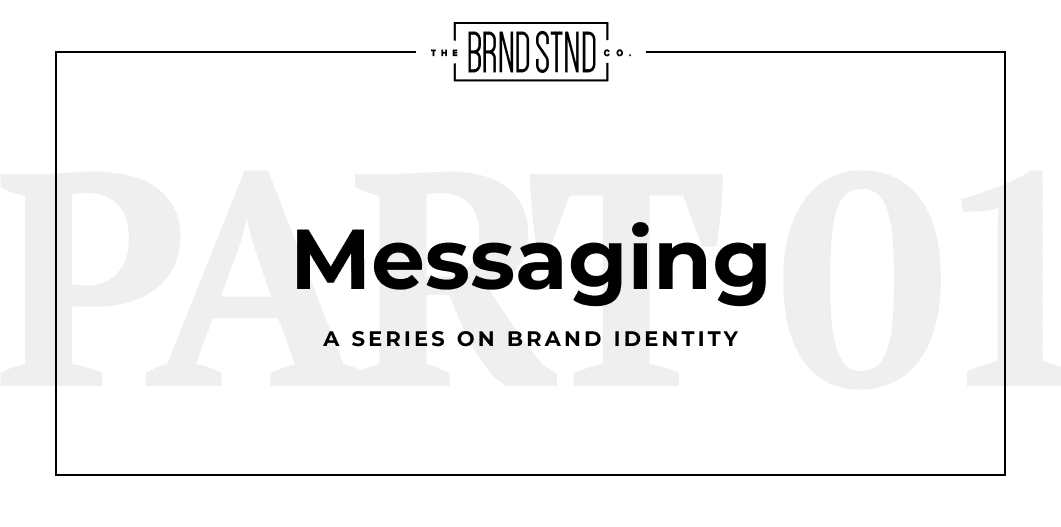
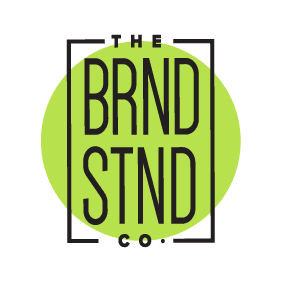
This is a multi-post series on brand identity, starting with a brand’s messaging.
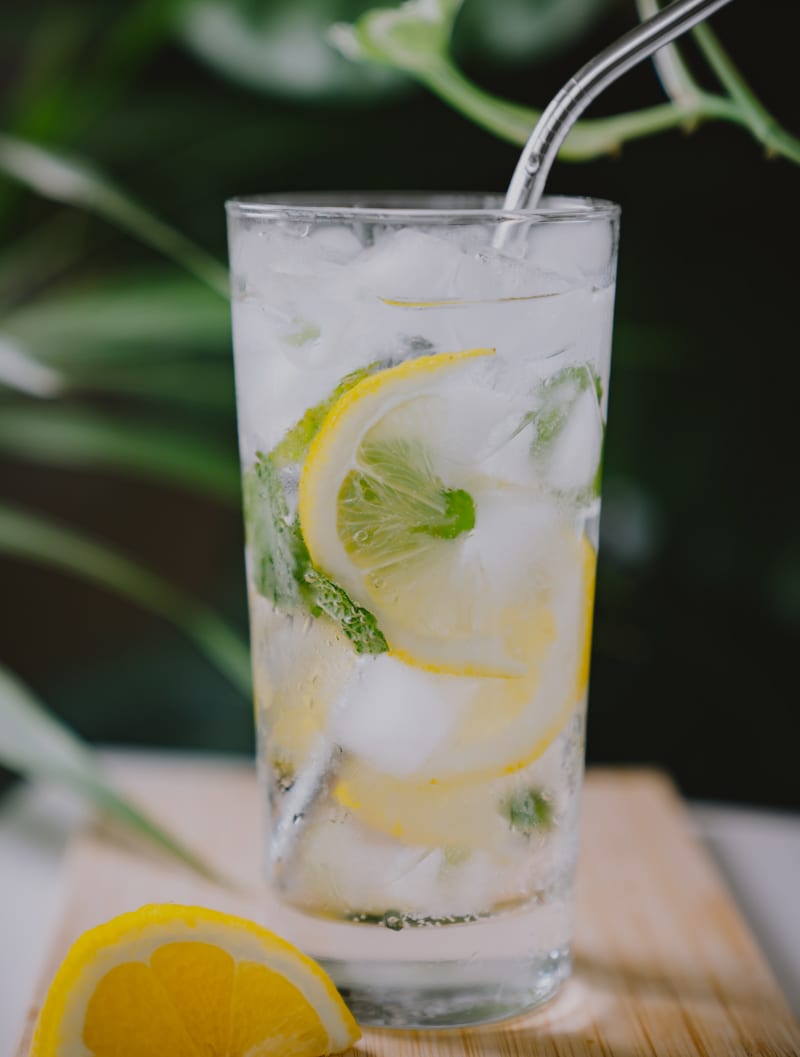
Photo by Jake Charles

People do not buy goods and services. They buy relations, stories, and magic.
– Seth Godin
When you think of a brand, what comes to mind? The logo for sure. Obviously, the colors.
For the first part of this series on Brand Identity, we’re talking about one of the most overlooked aspects of a brand: messaging. And no, we’re not talking about typography (that comes later) or even the content in general. We’re referring to the feeling you get when you read anything that an organization or company puts in front of you, from advertisements and websites to instagram captions and product labels. There’s a lot of unspoken information in the information itself (whoa, so meta).
We’re here to peel back each layer of a brand’s messaging strategy with you just like a lemon, err, onion. Lemon-onion? And true to The Brand Stand form, we will of course be providing examples of each layer along the way. Let’s get started.
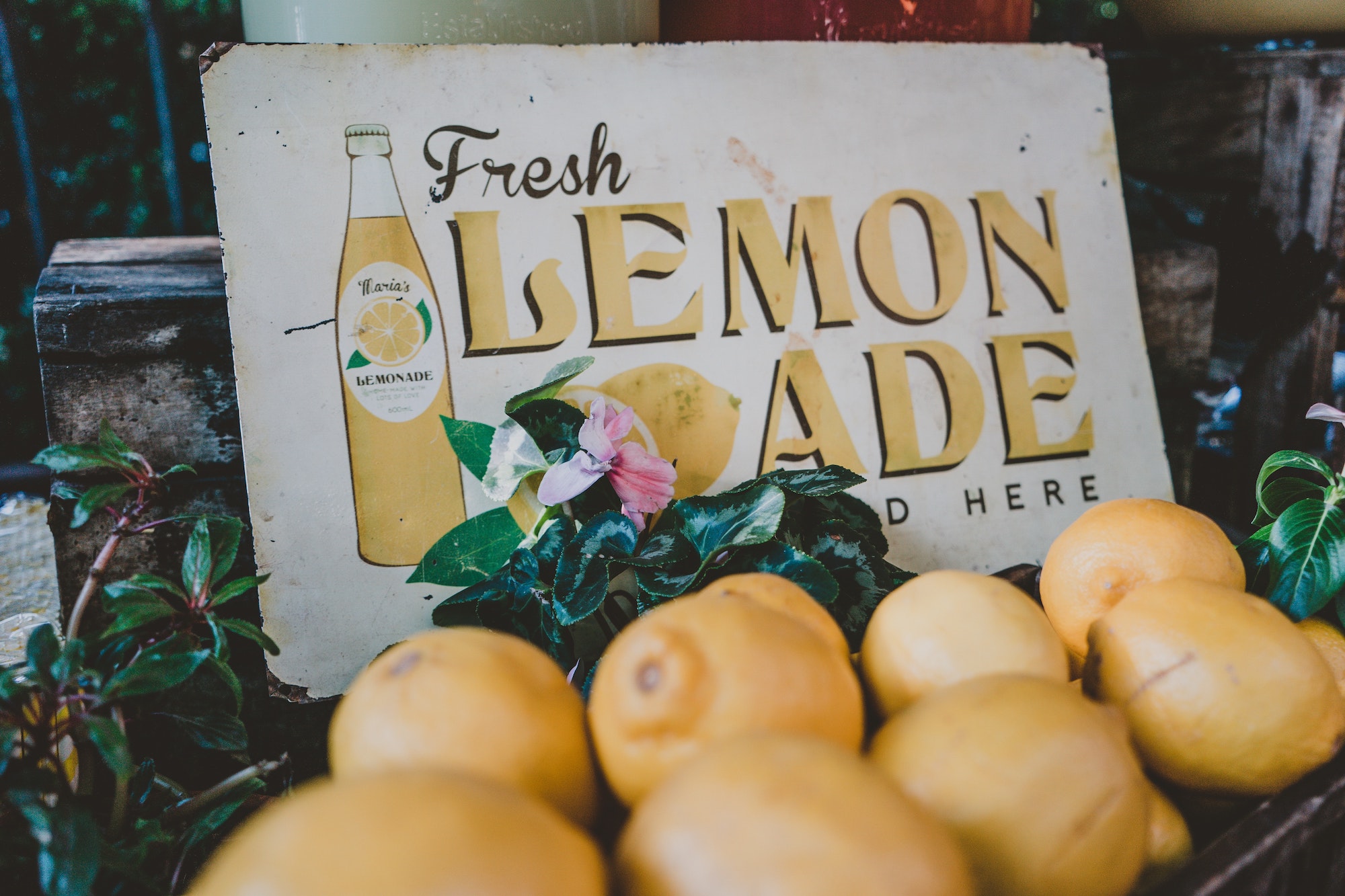
Photo by @rodlong
Target Audience
First thing’s first–who are you talking to? You might choose what you say and how you say it a little bit differently depending on your audience. The way you speak to grandma, your best friend, and your boss will all vary slightly. So if you haven’t already, define your target audience.

Let’s use an example to bring this concept to life. You’re the owner of a beverage company called Ciitrus based in Rockville, MD selling innovative, upscale lemonade. Your target audience might consist of:
– Humans [because we all have taste buds]
– Aged 25 to 40 [aka people most likely to purchase innovative, upscale products]
– Located in Washington, DC [because a highly populated city means higher chances of exposure to your product]
Tone & Voice
Fun fact: there IS a difference between voice and tone, but they work together. You give your brand a voice simply by communicating through it–your brand’s voice is your voice, simply put! But your tone differs in how you speak. Consider the difference in tone in the examples below.
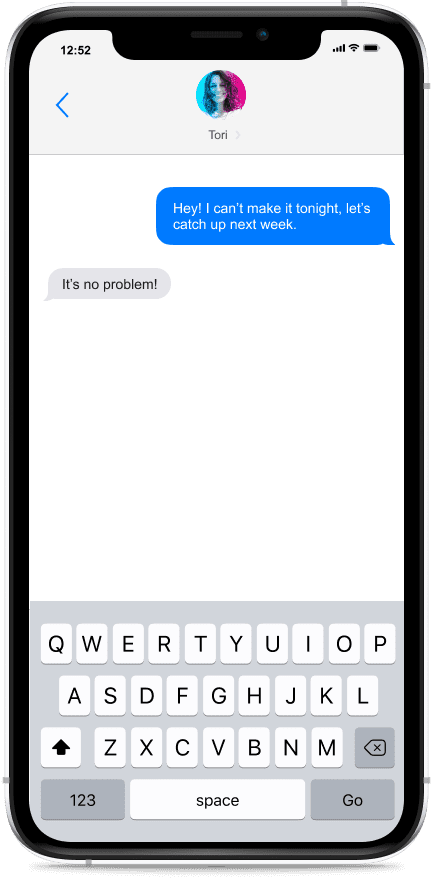

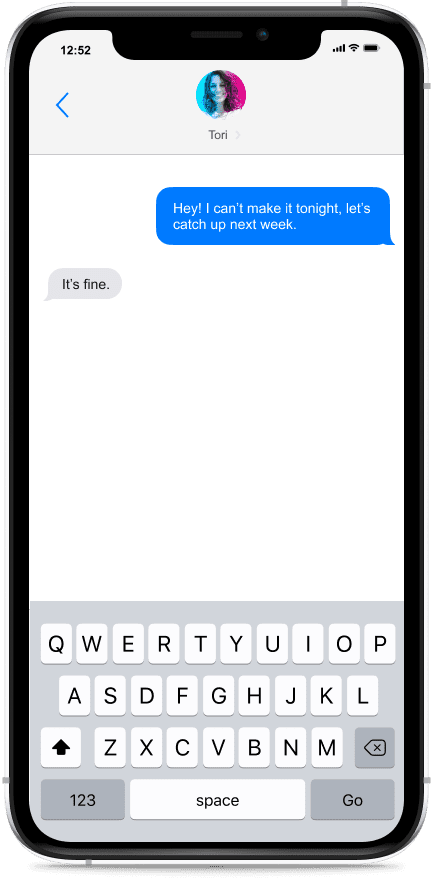

Before you write a single word of content, think about how you might speak to this target audience you just identified. Are you trying to educate them? Make them laugh? Inspire trust? It’s important to think about this now because it’s going to impact every layer moving forward.







In continuation with the lemonade example, there are a couple of different ways to go with tone. A playful tone might be exactly what you need to appeal to that audience of young professionals. On the flip side, an upscale product might warrant a tone that evokes a sense of sophistication. The right answer is whichever feels right for you and your audience, but for the sake of this exercise, let’s go with the sophisticated tone.
It might be helpful to try the “this but not that” branding exercise. Choose two adjectives that your brand IS followed by one adjective that your brand IS NOT to fill in the blanks:
[company name] is [adjective #1] and [adjective #2], but not [adjective #3].
For example, The Brand Stand is Creative and Fresh, but not Formal.
Tagline
Just do it. Just write your tagline. But let’s also talk about Nike’s tagline. “Just Do It” is probably just as famous as the Nike swoosh. Why? It’s short, sweet, and personifies the electric motivation that Nike wants its customers to feel when they put on a pair of sneakers.







Your fancy lemonade stand, err sophisticated citrus beverage company, needs a tagline. Remember your target audience–working professionals, 25-40, Washington, DC. We think they’ll like:
With a twist
It’s short, sweet, and familiar with a nod to mature sophistication.
Positioning Statement
A positioning statement is how you intend to position yourself in the market in comparison to your competitors. Make sure your positioning statement succinctly describes the following components of your company:
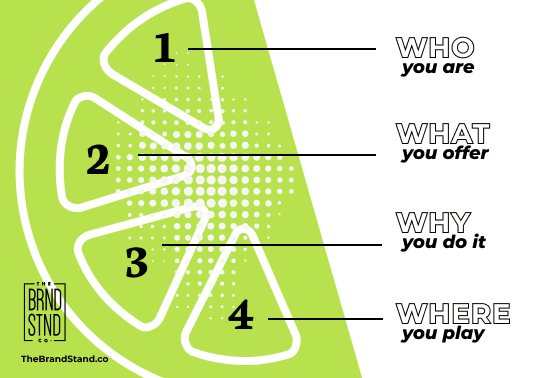








Lemonade stands are a dime a dozen, I’m afraid. On the bright side, this positioning statement is going to differentiate you from the zest rest. Let’s try this one on for size:
We are an innovative beverage company shaking up the status quo and a classic beverage for the thirsty working professionals of the Washington, DC area.
Mission Statement
Mission statements differ from positioning statements in one key facet: they focus on the future. It’s why you built this business in the first place, and should serve as a north star for your employees and your customers. They also usually start with “To…”







Let’s keep this one simple, but remember 👏🏻 your 👏🏻 target 👏🏻 audience 👏🏻 . Those working professionals in DC are looking for a refreshing, upscale beverage after a hard day of work. Why might they choose you now, and why might they choose you 10 years from now? How about this for a mission statement:
To quench the world’s thirst and inspire new perspectives.
Elevator Pitch
You know the drill–you have 30 seconds to describe what you do. It’s basically a glorified positioning statement that allows you to go into more detail. Here’s a recipe for building one on your own:
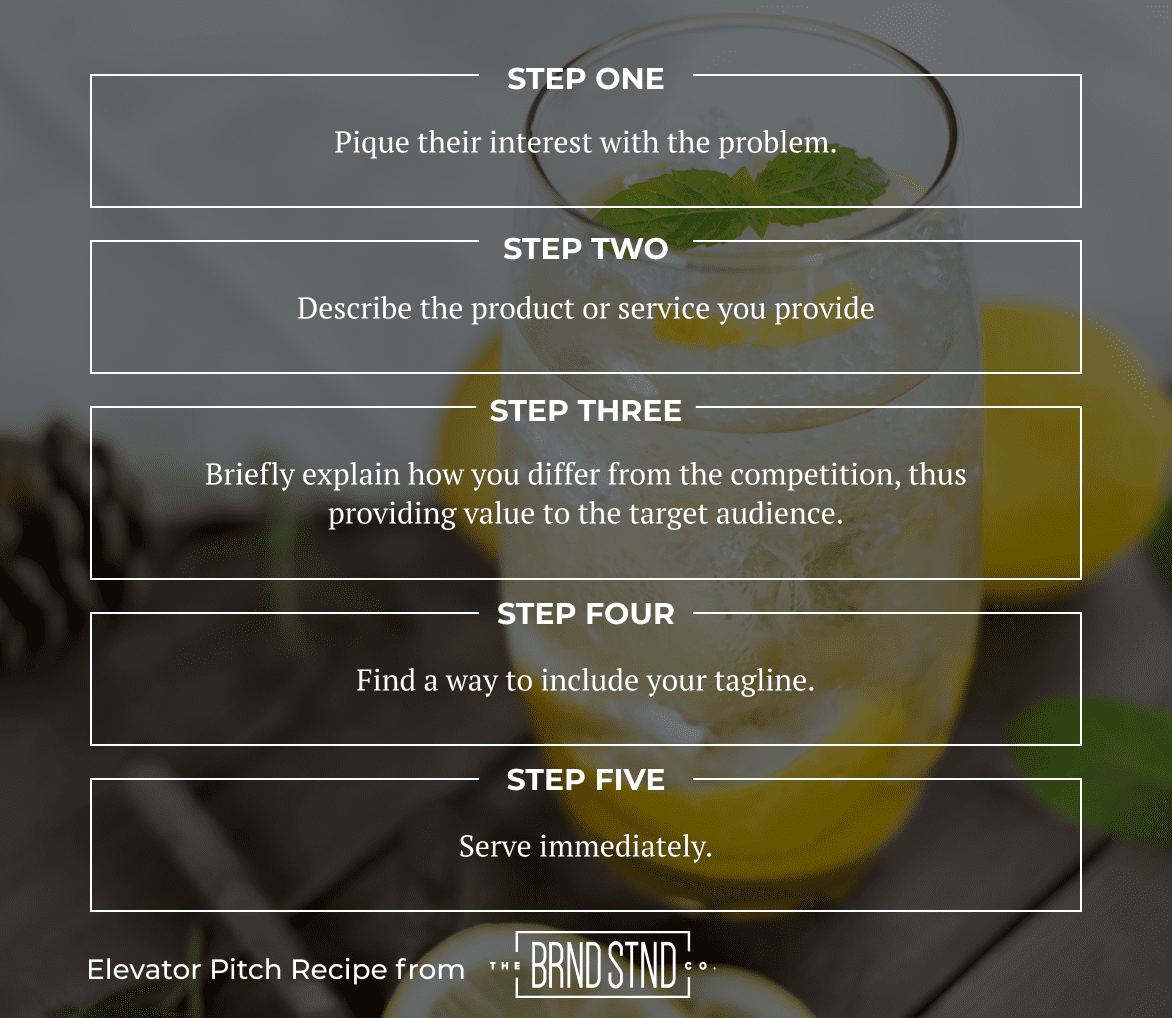

Photo by @pesce







Put yourself in the listener’s shoes. Make sure it’s long enough so that you hit all your compelling points, but short enough so that you don’t lose their attention!
What do you think of this…
Have you ever looked at a drink menu and thought “I really want to try something different tonight, something refreshing that makes me feel like a million bucks”? At Ciitrus, we felt the same way, so we made an upscale, innovative lemonade for the sophisticated DC working professional who dares to shake up the status quo. It’s lemonade with a twist.
And there you have it! Messaging is such a critical part of a brand’s identity because it’s the primary tool used to literally communicate with your audience. Think of messaging as the gift that keeps on giving: effective messaging attracts the target audience –> the target audience purchases goods and services from you –> you get to continue offering these goods and services with the revenue earned from your effective messaging!
Can't wait for the rest of the series?
Now remember–this post outlines the building blocks of messaging, the first of four parts of the brand identity recipe! The best way to get the latest blog post notifications is to follow us on Instagram. For our next topic, we’ll dive into typography.
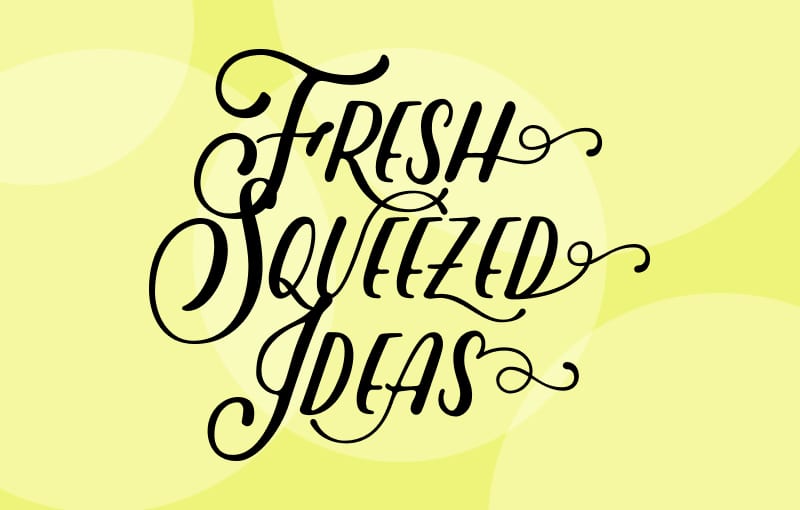

Follow Us
Join Us
Subscribe For More Delightful Updates, Like This.
Fresh-squeezed ideas sent straight to your inbox.
Brand Identity Resources We Use
More Freshly-Squeezed
